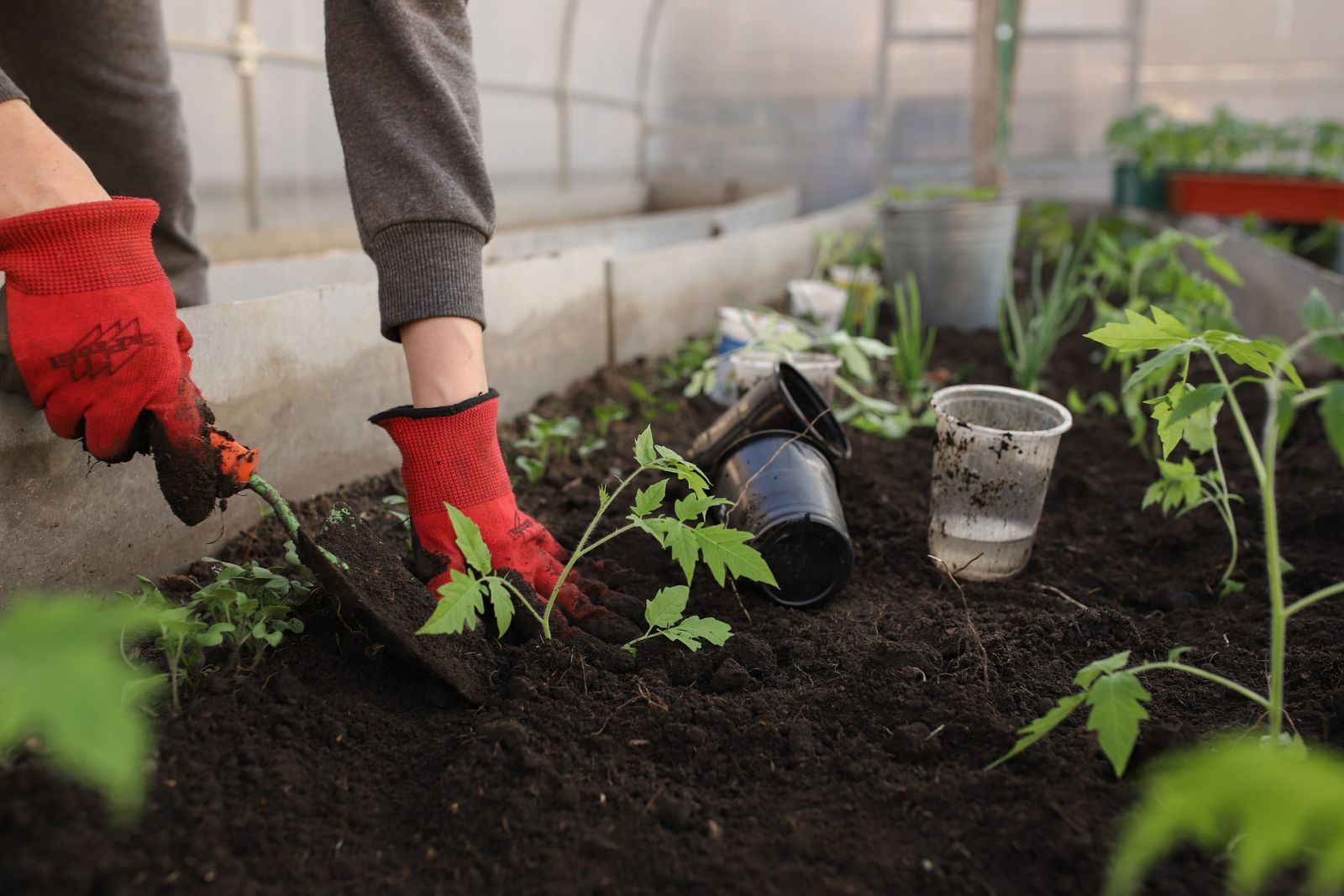Gardening Calendar for March
March is a busy month in the garden. The weather is getting warmer, and the plants are starting to come back to life. It's the perfect time to start planting and preparing for the growing season. Here's a complete gardening calendar for March that will guide you through all the essential tasks and events that you need to know.
1. Soil Preparation
March is the perfect time to prepare your soil for planting. Start by removing any weeds or debris from your garden beds. Then, use a garden fork or tiller to loosen the soil and add compost or other organic matter to improve its structure and fertility.
2. Planting Vegetables
March is the ideal month to start planting your vegetable garden. Sow seeds of beets, carrots, lettuce, spinach, peas, and radishes directly into the soil. You can also transplant seedlings of broccoli, cabbage, and cauliflower that you started indoors earlier.

3. Pruning
March is a good time to prune your shrubs and trees before they start growing vigorously. Remove any dead, damaged or diseased branches and shape the plant according to your desired form.
4. Lawn Care
March is also a crucial month for lawn care. Begin by raking any dead leaves or debris from your lawn. Then, aerate the soil to improve air and water circulation. Finally, spread a thin layer of compost or lawn fertilizer to nourish the grass.
5. Flower Beds
March is the month when your flower beds start to come back to life. Start by removing any dead or diseased plants and replace them with new ones. Add a layer of mulch to retain moisture and suppress weeds.
6. Irrigation
As the weather starts to warm up, your plants will require more water. Check your irrigation system for leaks or clogs and adjust it according to the needs of your plants. Water early in the morning or late in the evening to minimize evaporation.
7. Pest Control
March is also the month when pests and diseases start to emerge. Keep an eye out for aphids, slugs, and snails, and treat them with organic or chemical insecticides as needed. Also, keep your garden clean and free of debris to prevent fungal diseases.
8. Composting
March is an excellent time to add to your existing compost pile. Collect your kitchen scraps, leaves, and grass clippings and mix them together to create a nutrient-rich compost that will nourish your plants.
9. Harvesting
March is the month when you can start harvesting some of your crops. Pick lettuce, spinach, and other leafy greens when they are young and tender. Also, harvest asparagus when it is ripe and ready.
By following this gardening calendar for March, you can ensure that your garden stays healthy, productive, and beautiful throughout the growing season. Happy gardening!
FAQs
-
What vegetables can I plant in March? You can plant a wide range of vegetables in March, including beets, carrots, lettuce, spinach, peas, and radishes. You can also transplant seedlings of broccoli, cabbage, and cauliflower that you started indoors earlier.
-
How often should I water my plants in March? As the weather starts to warm up, your plants will require more water. Water them deeply and less frequently to encourage deep root growth. Water early in the morning or late in the evening to minimize evaporation.
-
How do I control pests and diseases in my garden in March? Keep your garden clean and free of debris to prevent fungal diseases. Treat pests and diseases with organic or chemical insecticides as needed.
-
When should I prune my shrubs and trees? March is a good time to prune your shrubs and trees before they start growing vigorously. Remove any dead, damaged, or diseased branches, and shape the plant according to your desired form.
- How do I prepare my soil for planting in March? Start by removing any weeds or debris from your garden beds. Then, use a garden fork or tiller to loosen the soil and add compost or other organic matter to improve its structure and fertility.
-
March is an exciting month in the gardening calendar, as it marks the start of the growing season. By preparing your soil, planting your vegetables, pruning your shrubs and trees, taking care of your lawn, flower beds, and irrigation system, controlling pests and diseases, adding to your compost pile, and harvesting your crops, you can ensure that your garden stays healthy, productive, and beautiful throughout the year. Happy gardening!
